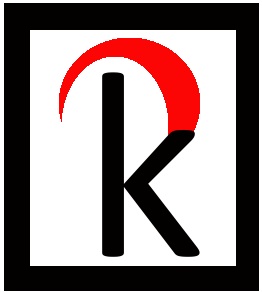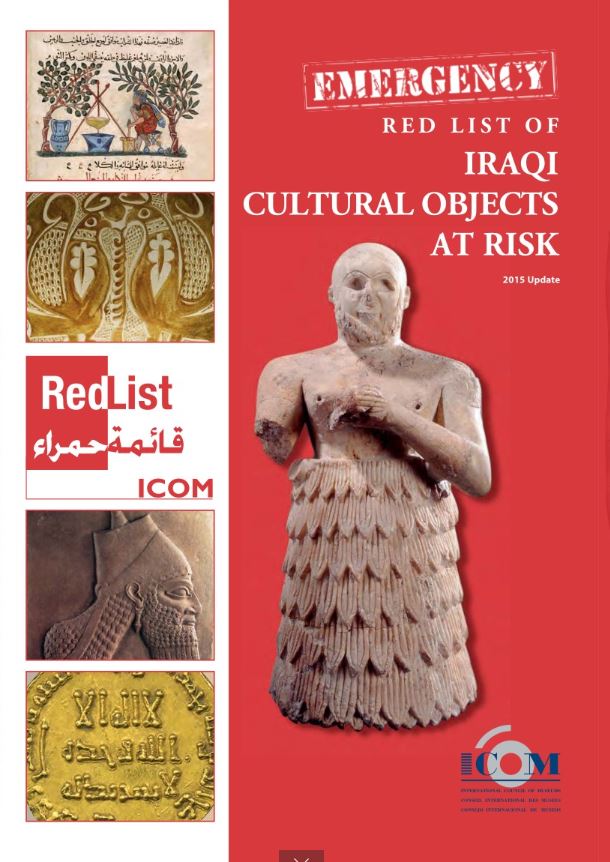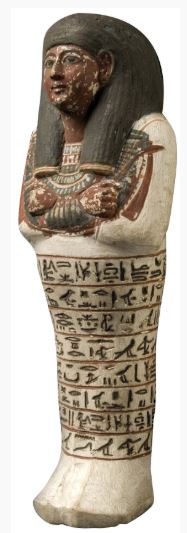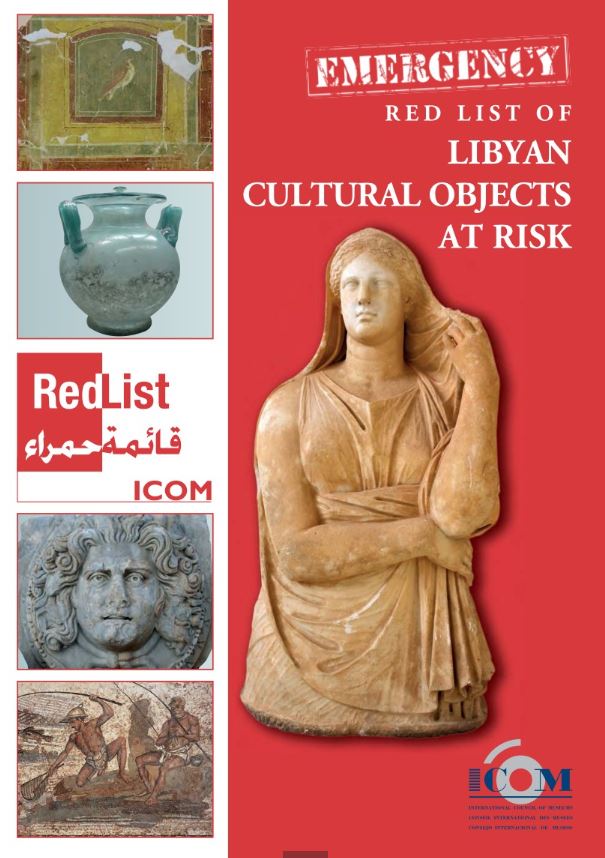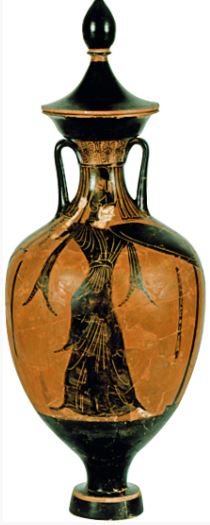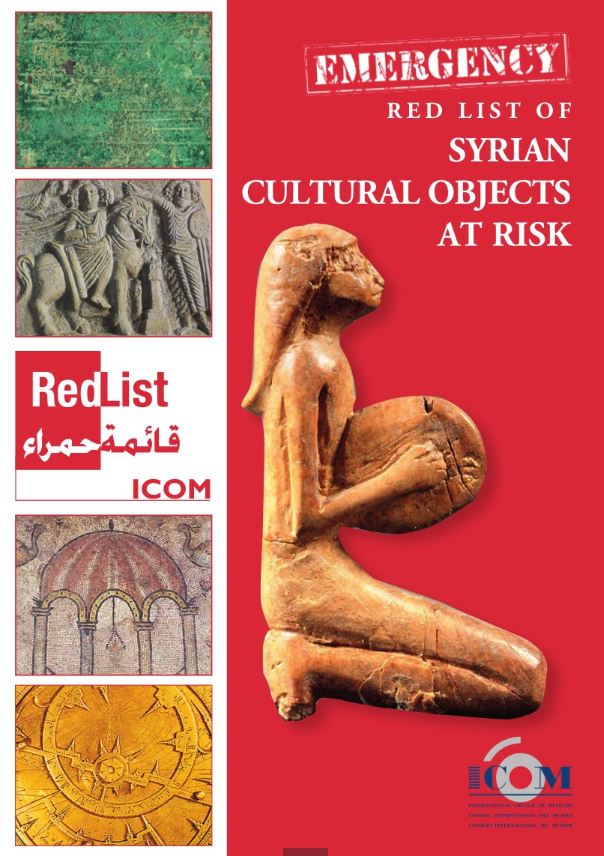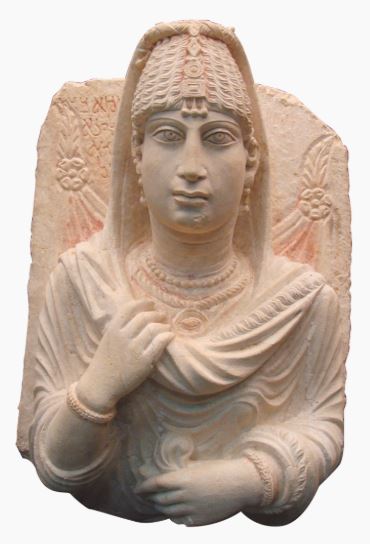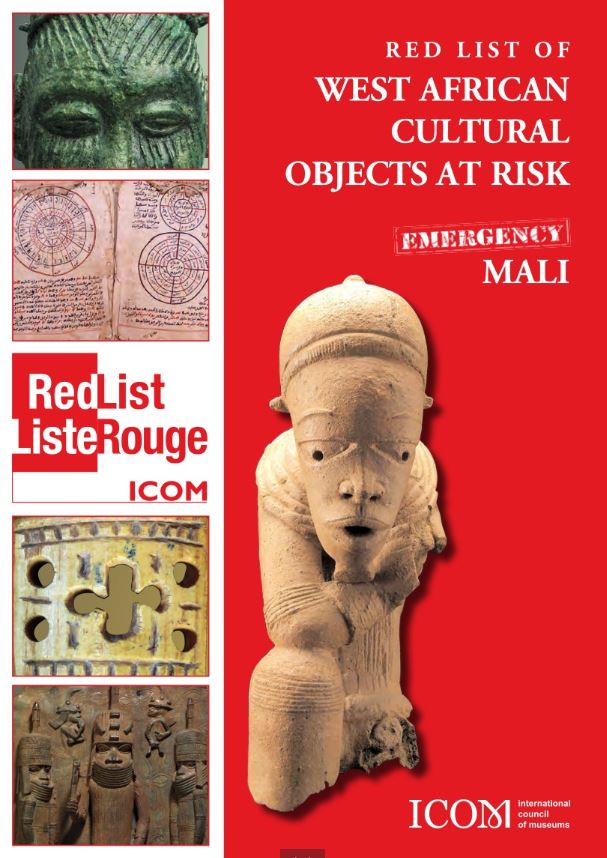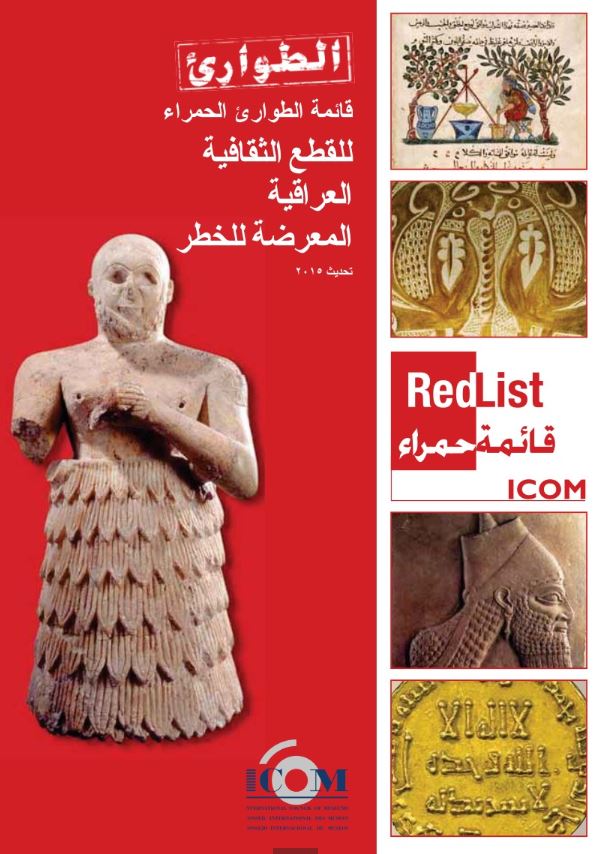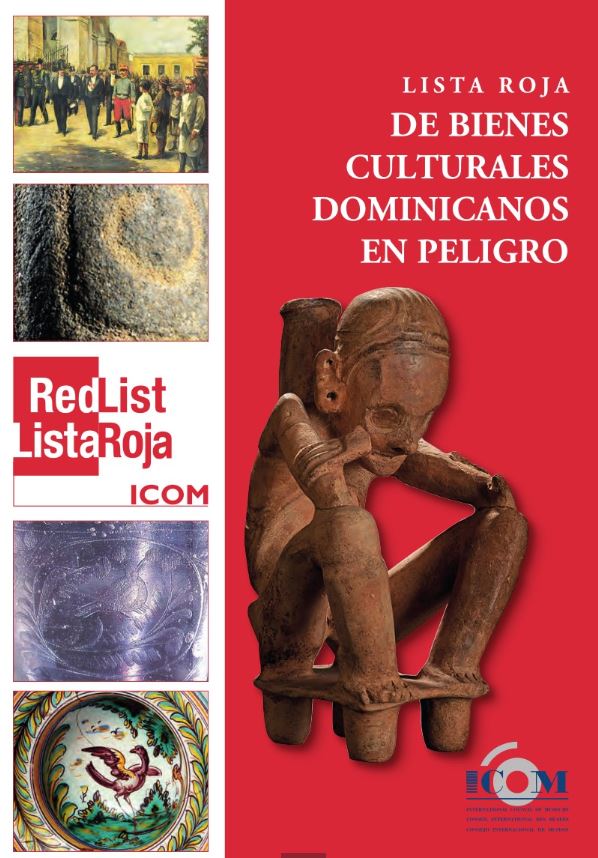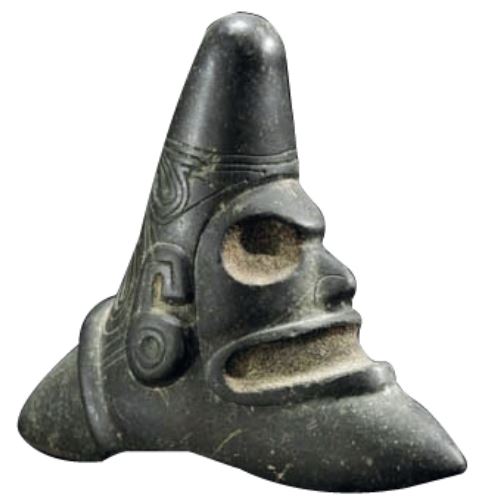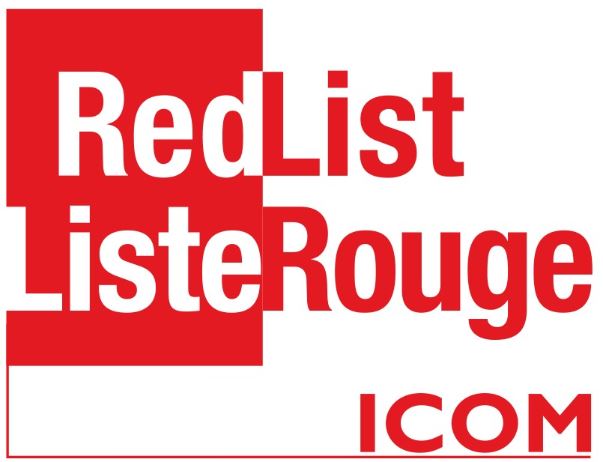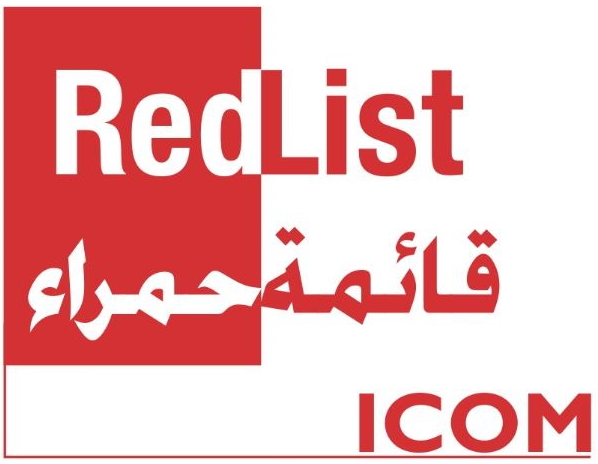Renata Kaminker - Fine Art Solutions attends CIVS' 2019 Conference
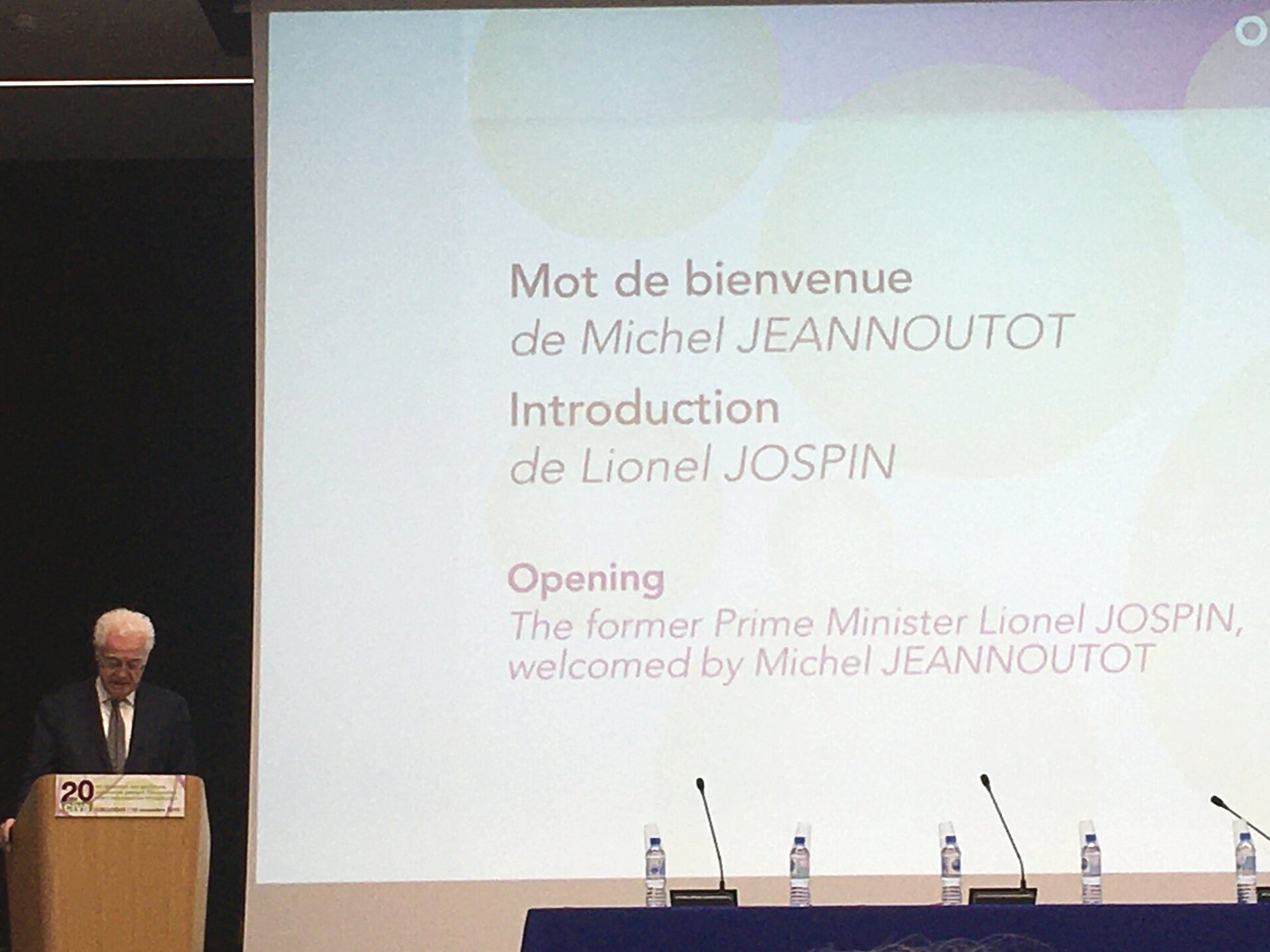





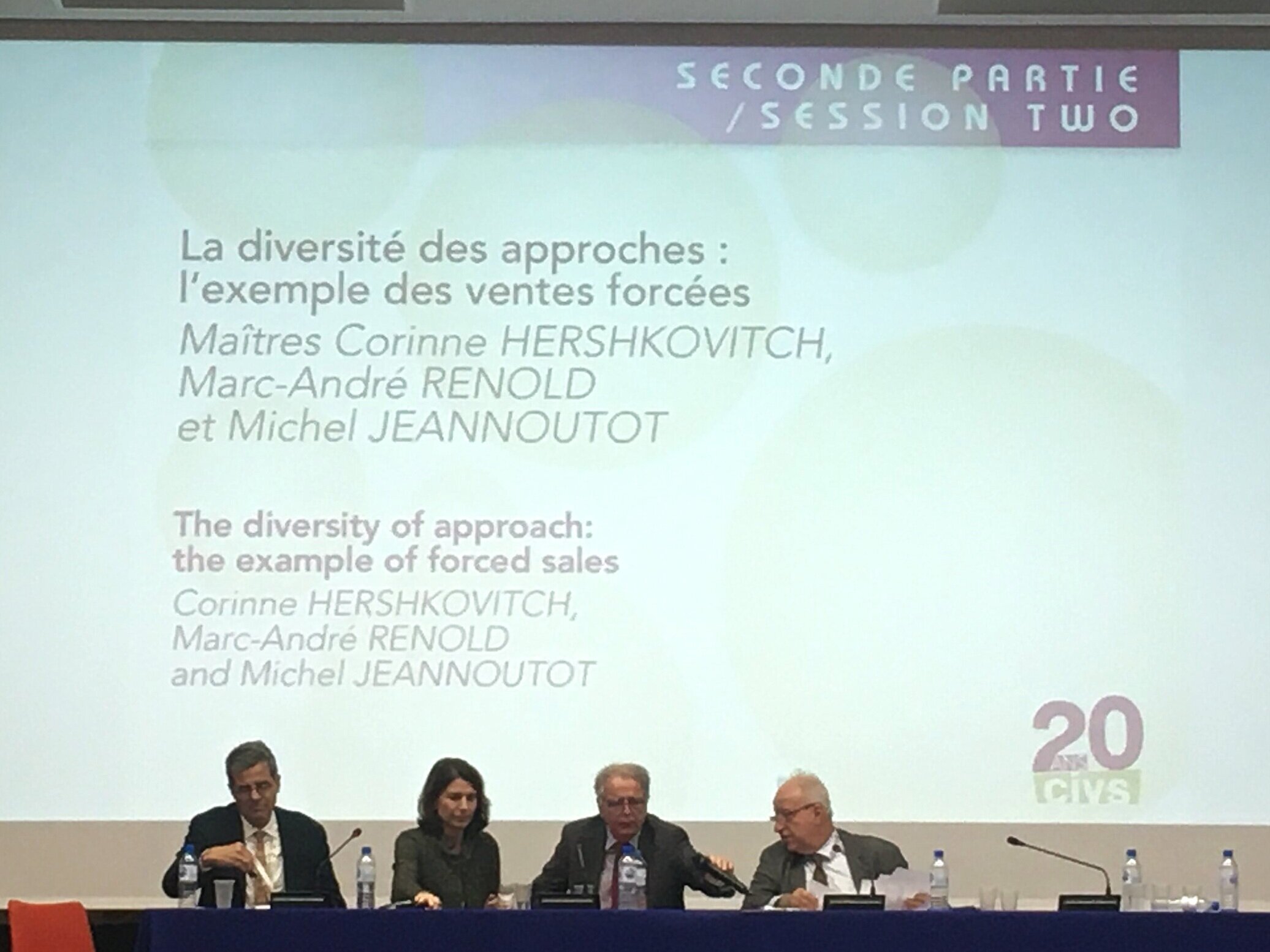
Last Friday, 15 November 2019, I had the opportunity to attend CIVS’ conference on the “Twenty years of reparation for anti-semitic spoliations during the Occupation: between compensation and restitution”.
Following the introduction given by former French Prime Minister Lionel Jospin, speakers from France, England, Switzerland, and Germany, among other countries, discussed several issues:
Does compensation adequately reflect the losses suffered?
Reparation: what is the perspective of despoiled families?
Reparation that is necessarily incomplete
Comparative assessment in Europe
The challenges of provenance research
The diversity of approach: the example of forced sales
In addition, the new French organization for the restitution of looted cultural property was presented. You may find more information on this here.
The event was also a wonderful occasion to greet colleagues and friends, and exchange on the future of restitutions and other related issues. Renata Kaminker - Fine Art Solutions is very happy to be assistance in documentation and title research, as well as legal advice thanks to its network of specialized lawyers, as is necessary for cases like the ones discussed today.
Renata Kaminker - Fine Art Solutions was invited by Sotheby's Institute of Art to talk at its Art Crime seminar
On July 8, 2019, and for the third year in a row, Renata Kaminker was invited to speak at Sotheby's Institute of Art’s Art Crime Seminar. We were delighted to have been included in this year’s programme, alongside such prestigious names as Vernon Rapley (Director of Cultural Heritage Protection and Security at the V&A), Peter Stone OBE (Professor at Newcastle University and UNESCO Chair in Cultural Property Protection and Peace), Noah Charney (Founder of ARCA), and Marc Masurovsky (Co-Founder of the Holocaust Art Restitution Project in Washington DC).
Over the course of half a day, Renata presented an overview on art crime, from the typologies of art crimes (theft and looting, heritage destruction, fakes and forgeries, artnapping…) to the main international legal framework, as well as the central players and tools in the fight against illicit trafficking. She also introduced students to what type of information should be included in due diligence procedures, the types of technical analyses that can be performed and the different types of inventories being used.
The presentation served as a general introduction to the biggest aspects of fighting art crime and helped students understand the who, what and how of this field. It was a true pleasure and honour to have been part of training a new generation of conscientious art market professionals.
#throwbackthursday Project management of ICOM’s Red Lists of Cultural Objects at Risk
Over the course of several years, I was in charge of managing ICOM’s Red Lists of Cultural Objects at Risk. Ispecifically worked on the Emergency Red Lists for Iraq, Egypt, Syria, Libya, and the Mali section in the West African list, as well as the regular Red List for the Dominican Republic.
I also monitored and reported on emergency situations for museums and cultural heritage sites for ICOM and the International Committee of the Blue Shield, and training of museum professionals on fighting illicit trafficking of cultural goods, collections inventory, and emergency situations.
Projects were finished on or ahead of schedule, and under budget. This allowed for the remaining funds to be invested in new Red Lists as the demanded required them. It was an honor to work on these long-lasting tools dedicated to fighting illicit trafficking of cultural goods around the world, and specifically in conflict areas.
The success of the Watch Lists was illustrated by the request of the US Blue Shield Committee to have a list drawn for Libya, to be given to NATO before the air strike. The result was that extensive site damage was avoided, thanks to NATO having their exact coordinates.
